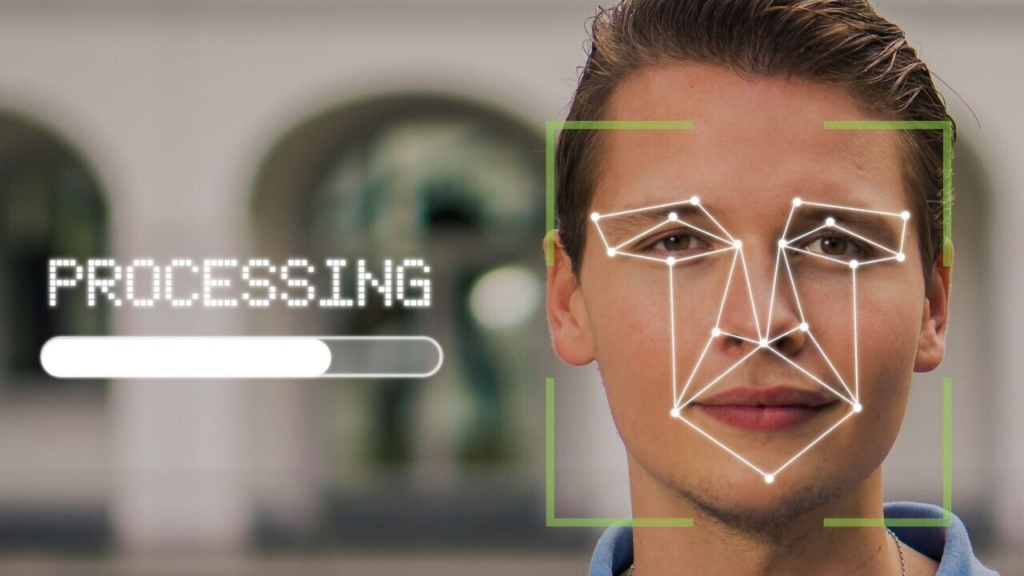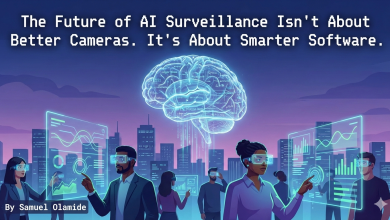
Understanding customer’s emotions was a distant reality a few years ago. But today, it has become a reality with the help of artificial intelligence and computer vision. Several types of entities are using AI capabilities to distinguish different sentiments to better understand human emotions and interactions.
Deployed with facial recognition technology, emotion recognition algorithms have become instrumental for marketing, product development, and surveillance. Let’s take a look at the role of AI in emotion recognition, its working mechanism, and its applications.

Understanding Emotion Recognition with AI
The field of affective computing is rapidly growing, allowing computer programs to analyze and comprehend nonverbal signs shown by humans. These programs can assess facial expressions, body language, gestures, and voice tones to identify an individual’s emotional status and behavior.
Using AI in emotion recognition is based on six basic emotions;
- Fear
- Anger
- Happiness
- Sadness
- Disgust
- Surprise
Emotion recognition algorithms assess an individual’s reaction to a stimulus: content, products offered, communication with another person, and any type of engagement. Further developments leading to Convolutional Neural Networks (CNN) and deep learning are also gaining traction to conduct emotional analysis tasks and enhance results.
How Does Emotion Recognition with AI Work?
AI-based emotion recognition uses different advanced technologies, including machine learning, deep learning, and computer vision. These technologies work together to observe facial features and expressions depicted by the mouth, eyes, and eyebrows.
Before an AI program can analyze these expressions, it is fed with vast amounts of data. The collected data is processed, secured, and undergoes keypoint annotation. Keypoint annotation is labeling specific landmarks on an object in images and videos.
So, for an AI program, an individual’s face is an object, which it analyzes for the 6 emotions based on the set of data. To get accurate results, AI program training for facial and emotion recognition with high-quality and unbiased data is essential. Efforts must be made to remove all sorts of blind spots from the data to get accurate results.
Applications of Emotion and Facial Recognition in AI
Studies have shown that real-time emotion recognition of facial expressions has reached an accuracy of over 96%. Due to this, there’s a growing demand for AI in emotion recognition with organizations also looking at automation possibilities of the analysis process.

1. Psychological and Neuroscience Applications
Emotion recognition offers psychologists and neuroscience experts opportunities to diagnose multiple disorders related to the brain and psychological needs. With doctors augmenting the results with their expertise and analysis, they can deliver results faster and prioritize patients who need immediate attention.
2. Surveillance and Security
Surveillance, policing, and security systems leverage emotion and facial recognition algorithms to enhance public safety. As these programs are deployed in public places, they can improve the chances of catching wanted criminals or predicting criminal behavior.
However, the accuracy of such systems for this purpose is highly debatable. The existence of biases and ethical and privacy concerns are inhibiting the implementation of these systems in public places, office premises, etc.
However, investigation or interrogation rooms can deploy the algorithms to assess a suspect’s emotional health and find cues that could lead to dissent.
3. Marketing and Advertising
Using AI emotion recognition for marketing and advertising means marketers can easily determine the ads that resonate best with the target audience. Using this information, marketers can determine which features will the target audience resonate with to gain maximum engagement.
It will be easier to run emotion-based campaigns to boost conversions and increase the potential of generating higher revenue.
4. Customer Service
AI-based emotion recognition systems deployed at customer service centers can enhance the executive’s understanding of the customer’s emotional well-being. Going one step further to add automation, the service centers can allocate the best-fitting customer representative to give real-time feedback and respond accordingly.
AI-enabled chatbots are already deployed to assess customers’ emotions through text and streamline service flow. Based on the emotion, the chatbots can switch methods of addressing the concern or de-escalating the situation.
But is AI in Emotion Recognition Effective?
The effectiveness of AI in emotion recognition is highly dependent on training data. Among the use cases we have discussed, there is the scope of bias, wrong decisions, and the risk of sharing private information. Depending holistically on AI responses can lead to wrong decisions with the nature of health-related data and the number of errors and biases.
Coming to education, the practice of using emotion detection models for silent observation indicates a violation of human rights. Chances of misuse of the technology are still being discussed, which somewhere thwarts its progress toward mass adoption.
Facial recognition is a widely adopted technology on the globe today, and it is in the US that facial plus emotion recognition is deployed for effective policing. However, the same system is banned in some states of the USA because, with emotion recognition added to face analysis, it can lead to biases towards ethnic, cultural, and religious minorities.
Use High-Quality Annotated Date for Emotion Recognition with Shaip
The quality and accuracy of results provided by a facial and emotion recognition system depends on the data. The more accurate and expansive the data, the better are the chances of an AI program to identify and detect emotions.
Shaip provides data annotation services to improve data quality, which leads to authentic response generation. Our customized keypoint annotation solutions help you train AI models to analyze objects in the form of images and videos and provide accurate results. Get in touch with us to know more about data annotation and how we can help you with setting up AI systems for emotion recognition.


